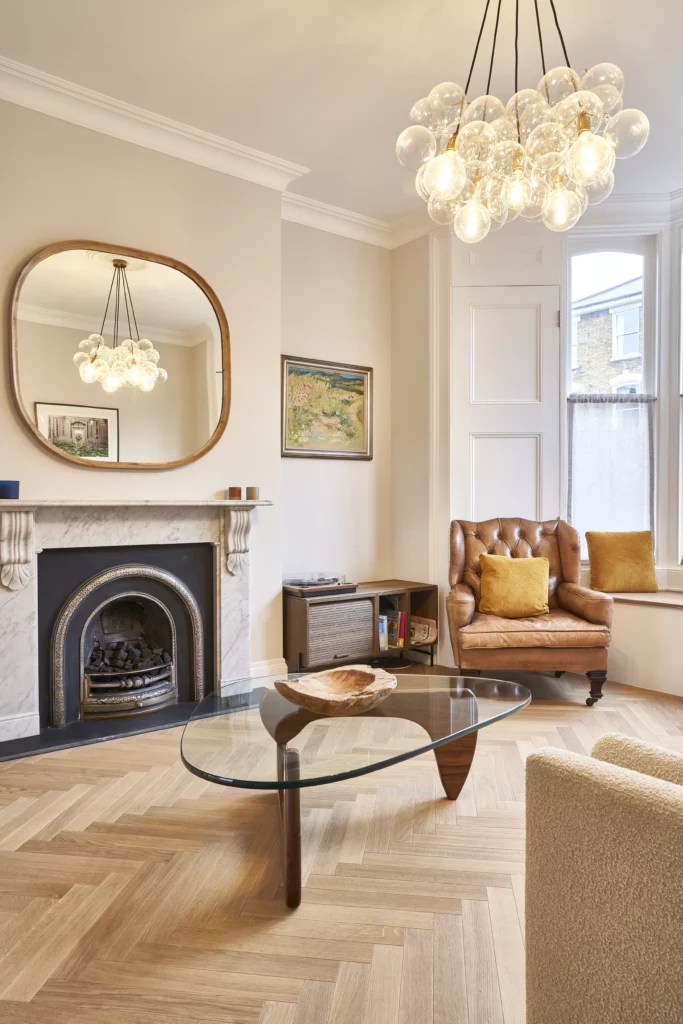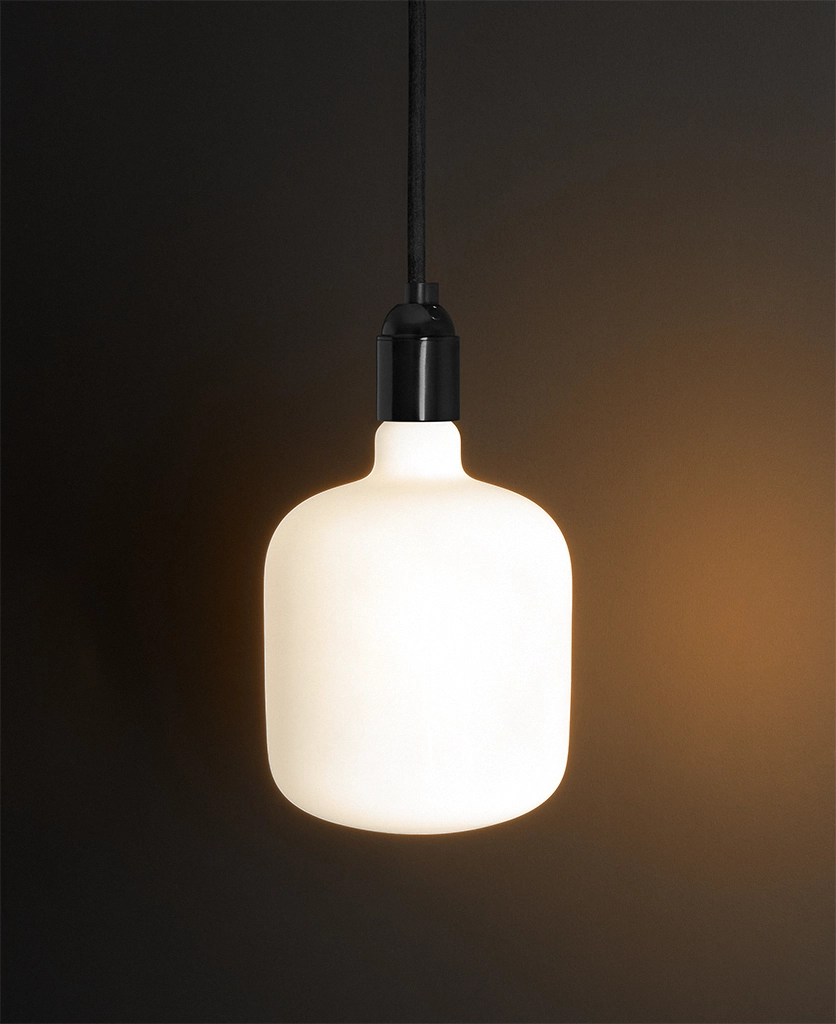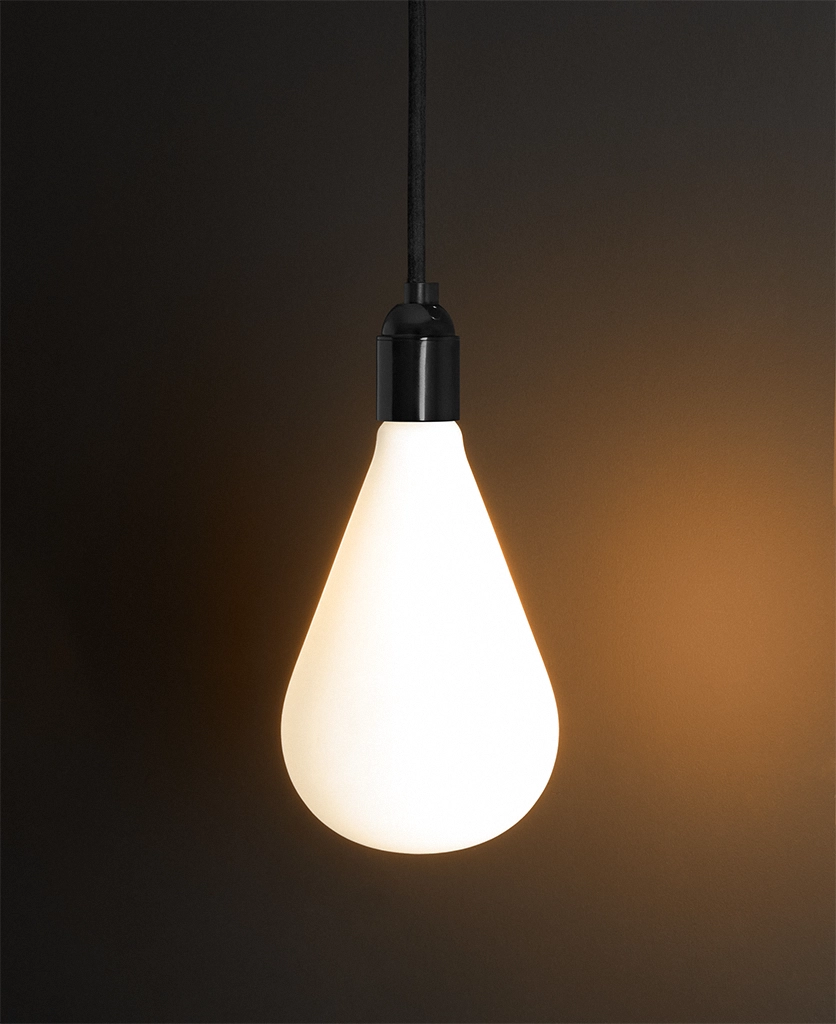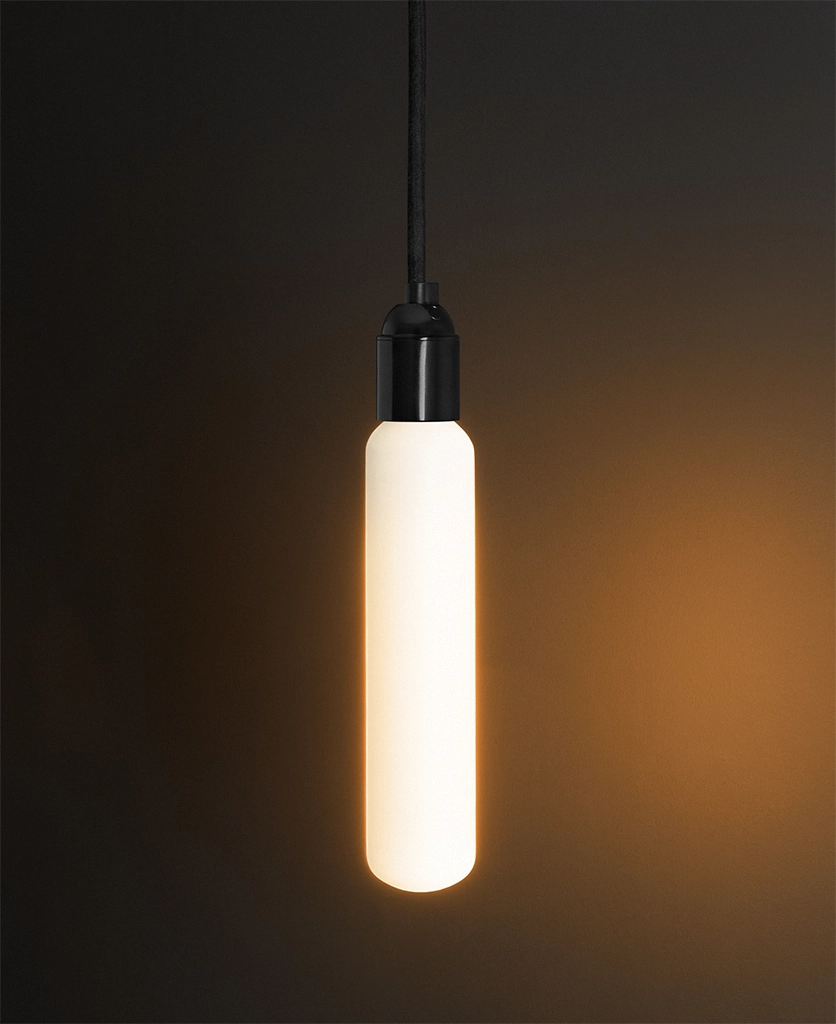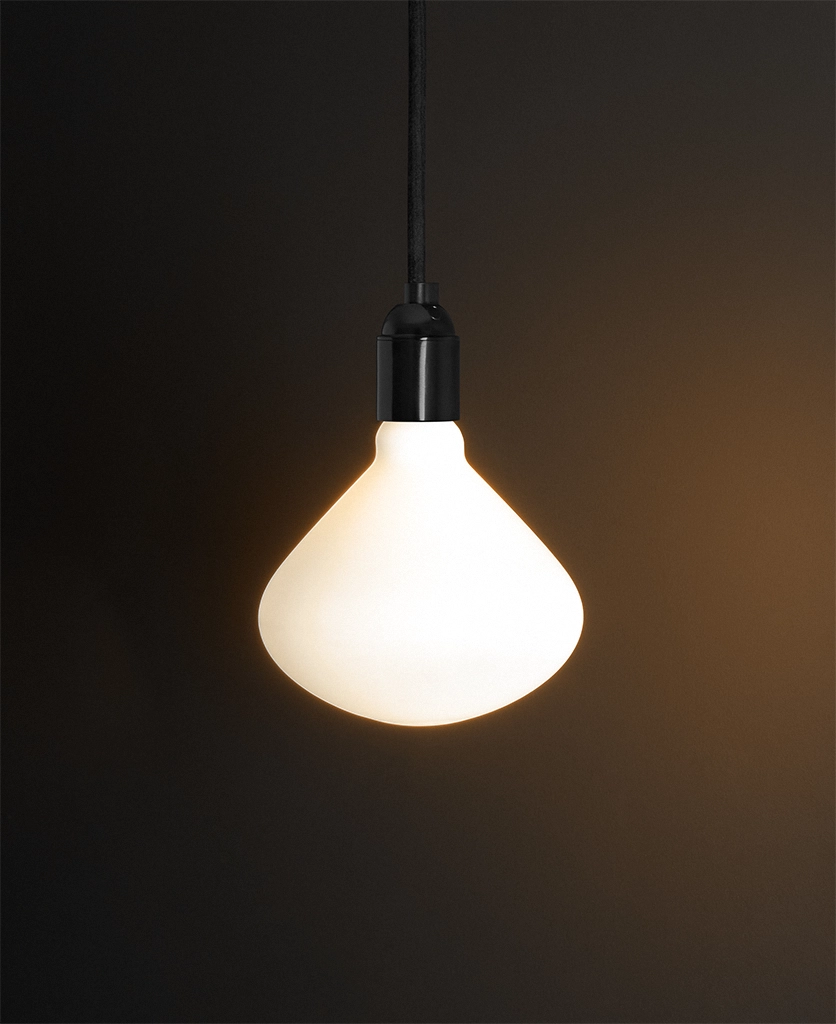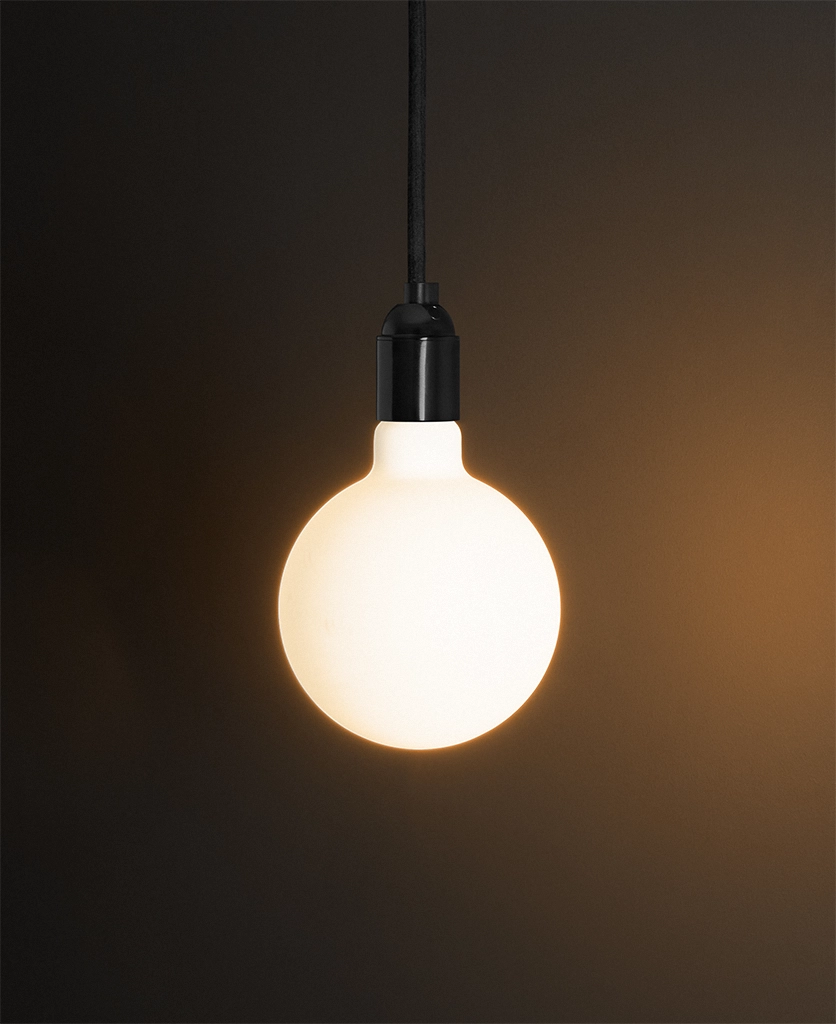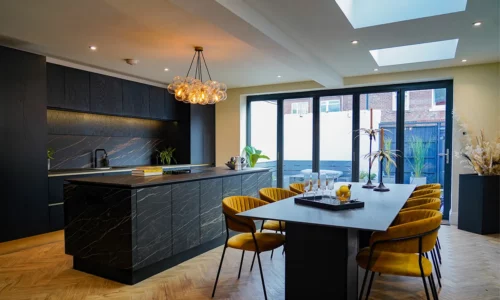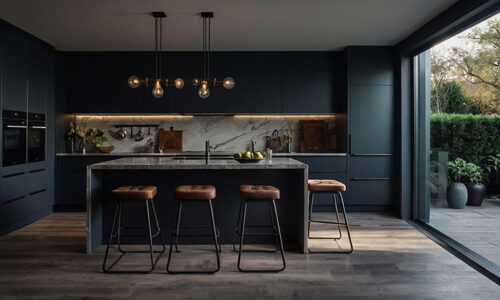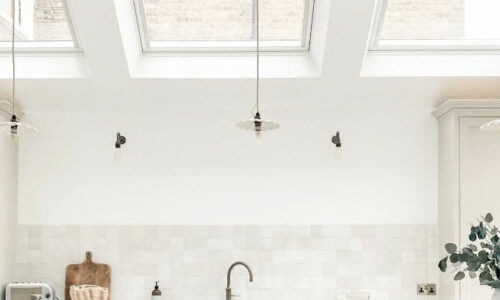What Light Bulb Do I Need? Find the Right Bulb for Every Room
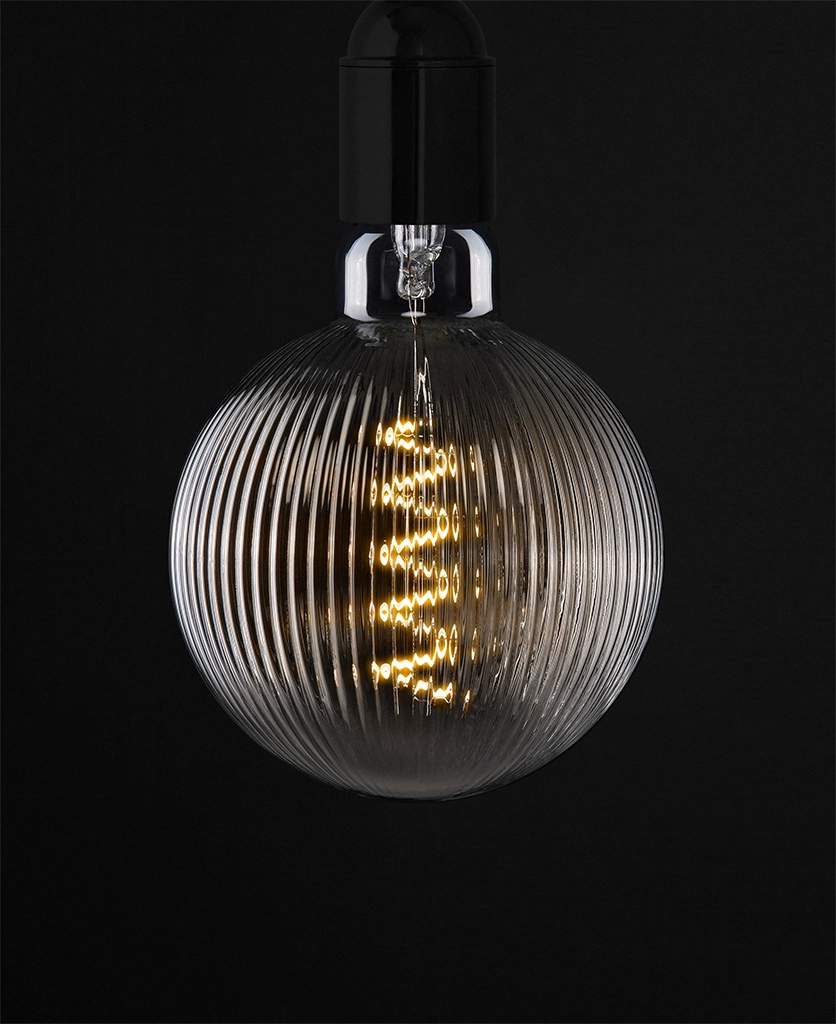
Flicking the light switch to the ‘on’ position, you pause to admire the relaxing ambience you’ve created in your bedroom. The overhead light gives off a cosy warm glow, and you’re glad you took the time to ask yourself, ‘what light bulb do I need?’
All lights and lamps in your home need different light bulbs, whether for practical reasons such as making sure they fit into your lighting fixtures correctly, or for aesthetic reasons like creating the right atmosphere in each room.
Discover how to find the right cap type, colour temperature, and bulb shape for every lighting fixture in your home.
Why does choosing the right light bulb matter?
The smallest details can have the biggest impact on the comfort level inside your home. Something as simple as a light bulb can play a huge role in setting the right mood and contributing to the overall aesthetic appeal of your interiors.
Even on a practical level, choosing the right bulbs is essential as they simply won’t fit your lighting fixtures if you haven’t selected the correct cap or base type. Buying the wrong bulbs can be incredibly frustrating, so you don’t want to get it wrong.
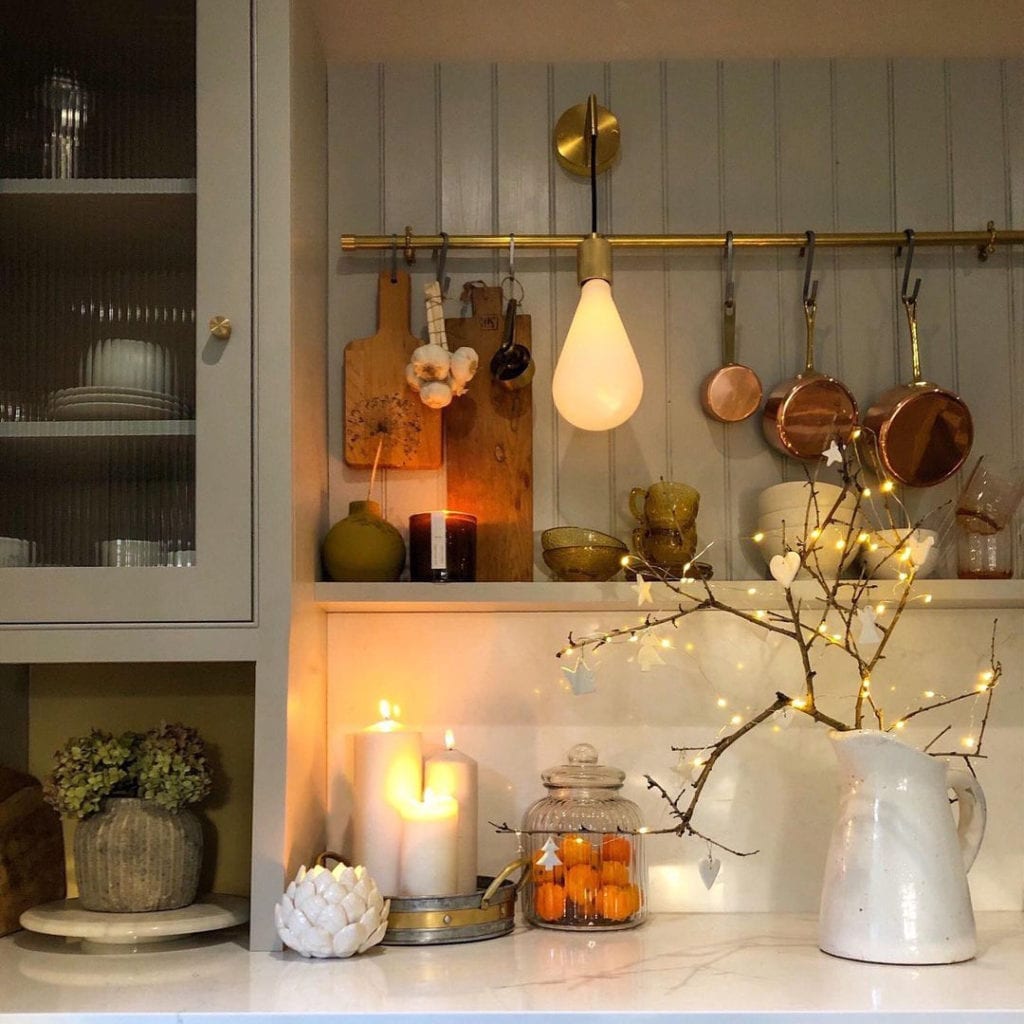
Image courtesy of @hornsby_style
How to choose the right bulb for every fixture and room
So what light bulb do you need? Every room and every lighting fixture in your home will require a different type of bulb.
There are three main things to consider when choosing your light bulbs:
- Base or cap type
- Colour temperature
- Bulb shape
What cap or base type do you need?
Different light fixtures require different bulb caps or bases. The cap or base is the part of the light bulb that connects into the light socket and your bulb won’t fit into place if you choose the wrong type.
To determine what cap or base type you need, take a look at the letters and numbers used to label the bulb and make sure these match up to the letters and numbers on your light fittings. The letter indicates the type of base, while the number indicates the diameter of the base in millimetres (mm).
Some of the most common cap and base types include:
- Bayonet: Bayonet bases are the most common base type in the UK. They are fitted into the light socket using a push and twist action and are labelled using the letter ‘B’.
- Screw: As the name suggests, screw bases are fitted into the light socket using a screwing or twisting motion. They are sometimes also known as ‘Edison’ bases, which is why they are labelled using the letter ‘E’.
- Pins or pegs: These bases feature two narrow pins or pegs that slot into the light socket. The distance between the pins or pegs is measured in mm and is indicated in the base type code.
What colour temperature should you choose?
Colour temperature (measured in Kelvins) is often overlooked when purchasing new light bulbs, but the importance of choosing the correct colour temperature for each room in your home cannot be overstated.
Image courtesy of @de_beauvoir_design
The colour temperature of the bulbs in our home plays a huge role in creating the right ambience:
- For our bedroom lighting, bulbs with warm colour temperatures are most suitable because they create a relaxing atmosphere that helps us unwind before bed. These bulbs give off an orangey-yellow glow and are usually around 2700 Kelvins (K) or less.
- For more practical spaces where task lighting is required, a cooler colour temperature is ideal. In a kitchen lighting scheme, cool bulbs with a colour temperature of 4000 Kelvins (K) or more are ideal to illuminate tasks such as cooking and cleaning.
- For your living room lighting, a combination of warm and cool bulbs should be used to create a multifunctional space for both relaxing and completing practical tasks. Use cool bulbs in your ceiling lights and warm bulbs in your floor and table lamps to set the right mood for any time of day.
Top tip: Another great way to control the ambience of your space is to put your lights on dimmer switches. Turn the brightness up when carrying out tasks, then dim the lights when it’s time to switch into relax mode.
What bulb shape should you choose?
Once you’ve found the right cap and colour temperature, it’s time to decide what shape of bulb you would like.
There are many different bulb shapes to choose from, with each providing a slightly different spread and angle of light. You should choose your bulb based on your personal preference and what looks best in your lighting fixture.
Some of the most popular bulb shapes include:
- Pear bulb: This is the most common light bulb shape, ideal for general home lighting. However, just because it’s the most common doesn’t mean there aren’t decorative options available, such as the traditional quad loop filament bulb.
- Golfball bulb: These bulbs are similar to the standard pear-shaped bulb, but are slightly smaller and more spherical. They’re often used as decorative bulbs or in tight-fitting spaces due to their space-saving size. The E14 ball squirrel cage filament bulb is a great example.
- Globe bulb: With their eye-catching round design, globe bulbs are often used in decorative lighting displays. They’re perfect for creating statement bubble chandeliers or your own custom pendant light.
- Candle bulb: These decorative bulbs are ideal for use in chandeliers, but can also be suspended from your ceiling to stand out all on their own. The E14 candle spiral filament bulb has a vintage design that makes it a beautiful addition to any of your lighting fixtures.
- Tube bulb: Although tube bulbs are traditionally used in more industrial settings, there are now many decorative versions available that are ideal for use in your home. The Luna opal light bulb is a great example and would look beautiful suspended on either side of your bed.
In need of some lighting inspiration?
If you’re not sure how to style your new light bulbs, you’ll find all the inspiration you need at Dowsing & Reynolds.
Check out these blogs to get the creative juices flowing:
- How to Brighten a Dark Room: 5 Design Tips to Illuminate Your Space
- Small Living Room Lighting Ideas to Make Your Space Feel Bigger and Brighter
- Modern Lighting Ideas to Refresh Your Home Décor
- How to Create a Cohesive Layered Lighting Scheme for a Beautifully Illuminated Home
Don’t forget to tag us on Instagram @dowsingandreynolds to show us your stylish interiors!

